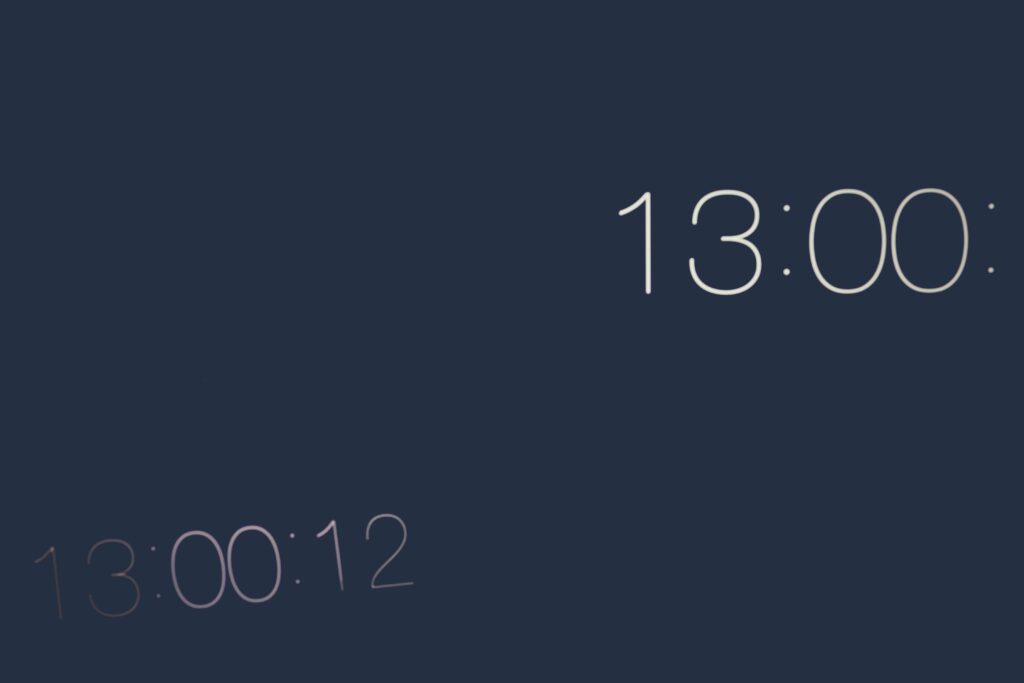Understanding Time Tracking
Time tracking has become a pivotal tool for employers globally, seeking to optimize the productivity of their remote workforce. At its core, time tracking seeks to understand how employees allocate their work hours, ensuring that tasks are completed within stipulated timeframes. Such software isn’t just a surveillance tool; it offers insights into work patterns, helping to optimize processes. However, like any tool, its efficiency lies in its application.
The Challenges
But where there is measurement, there often arises the challenge of meeting set standards. Employees, especially freelancers, find themselves navigating the pressure to constantly showcase activity. The dread of being perceived as “inactive” or “unproductive” even during genuine breaks or thinking phases can be daunting. This kind of stress can ironically reduce overall productivity, highlighting the paradox of modern work surveillance tools.
The Science Behind Time Tracking Software
How Time Tracking Software Works
Modern time tracking tools, such as Time Doctor, deploy a multi-faceted approach. They monitor keyboard strokes, observe mouse movements, and analyze on-screen activity. These tools don’t just record the time, they assess engagement levels by observing these activities, ensuring that an employee is genuinely working and not just clocking in hours.
The Metrics of Productivity
The data is then translated into metrics that define ‘productivity’. But here’s a thought: can productivity truly be boxed into the frequency of keystrokes or mouse clicks? Surely, the intellectual or creative labor that various jobs demand can’t always be captured in these binary metrics. This leads us to question the very nature of what we deem as ‘productive’.
The ‘Idle’ Misconception
Different Job Roles and Their Unique Requirements
Take, for example, a chat support agent. Their primary role is to respond to customer inquiries. During off-peak hours, they might not receive as many chats, leading to idle time. Does that mean they’re not working? Similarly, a graphic designer might spend hours conceptualizing a design in their mind before actually illustrating it. This “thinking phase” often gets flagged by time trackers as ‘inactivity’.
Productivity Beyond Clicks and Keystrokes
Understanding productivity requires us to look beyond physical computer activity. For jobs that demand creativity, strategy, or even patience, the measure of productivity extends far beyond just clicks and keystrokes. After all, isn’t the chat agent’s availability during those idle times just as crucial? Isn’t the designer’s contemplative phase pivotal to delivering a quality design?

Outsmarting Time Trackers: A Subtle Art
The Need to Outsmart Time Trackers
The challenges posed by these tracking systems have given rise to a need: to ensure that every hour worked is represented accurately. Not necessarily to cheat the system, but to make sure that employees are paid for their genuine labor, whether that’s thinking, strategizing, or waiting for a customer’s chat.
Potential Solutions
This is where tools like IdleBuster can subtly come into play. They simulate human activity on a computer, ensuring that every ‘productive’ hour is counted, without the employee being physically active every second. However, the ethical application of such tools is imperative. They shouldn’t be used to fake work, but rather to represent those hours that fall into the gray areas of productivity.
Most Commonly Asked Questions
Time tracking software monitors employees’ work hours, capturing when they start, pause, or end specific tasks. Employers use it to optimize productivity, ensure tasks meet deadlines, and often to process hourly payments for remote workers.
Many employees feel pressured to continuously show activity. The fear of being perceived as “idle” or “unproductive” during genuine work phases, like strategizing or brainstorming, can be a stress factor.
These tools often observe keyboard activity, mouse movements, and on-screen actions to deduce engagement levels. The data is then translated into metrics that define ‘productivity’, which might not always account for intellectual or creative labor.
Yes, tasks that involve thinking, strategizing, or waiting (like in the case of chat support agents) might be misinterpreted as ‘idle’ time since they might not involve continuous physical activity on the computer.
Jobs that demand creativity, strategy, or patience don’t always translate to continuous physical computer activity. Recognizing the value of contemplative, strategic, or waiting phases is essential to understand genuine productivity.
Yes, while tools might exist to help employees ensure their genuine work hours are represented accurately, they should be used responsibly. Misusing such tools to feign work is unethical.
Employers can combine data from time tracking tools with other metrics like task completion, quality of work, and feedback. Open communication with employees about work expectations and understanding different job roles’ unique requirements can also provide a more comprehensive view of productivity.
Conclusion
Every work hour, be it active or passive, holds value. Time tracking tools have their place in ensuring efficiency, but they must be paired with a broader understanding of productivity. In an age where remote work is prevalent, ensuring fairness in payment and representation of work hours is more crucial than ever. It’s not just about tracking time, but about understanding the multifaceted nature of work in the modern age.




